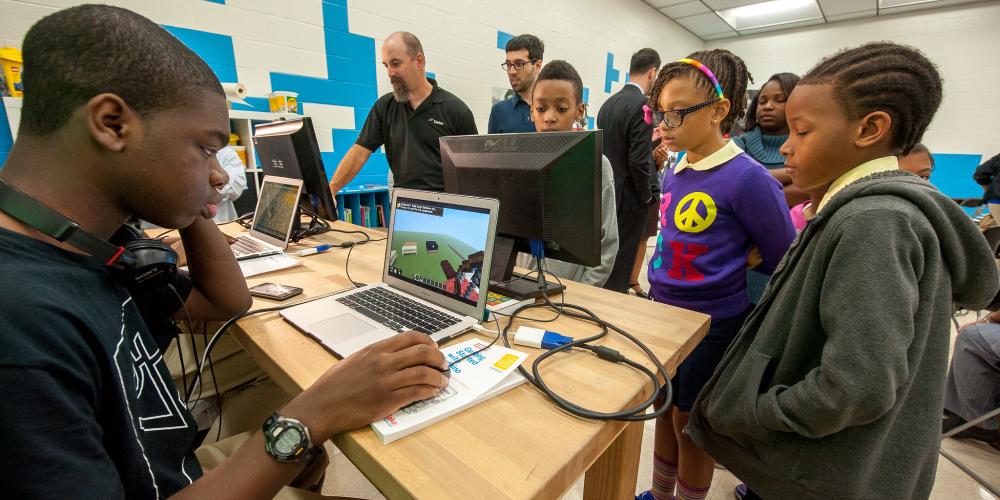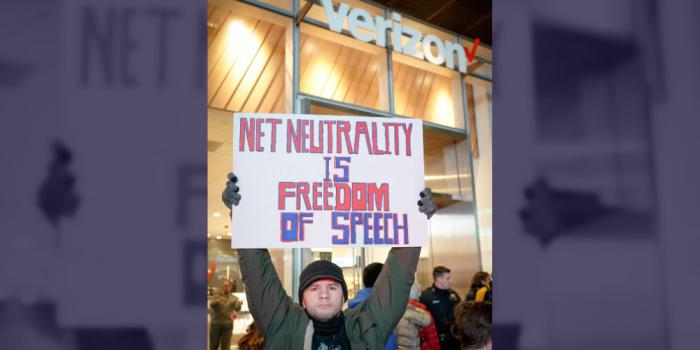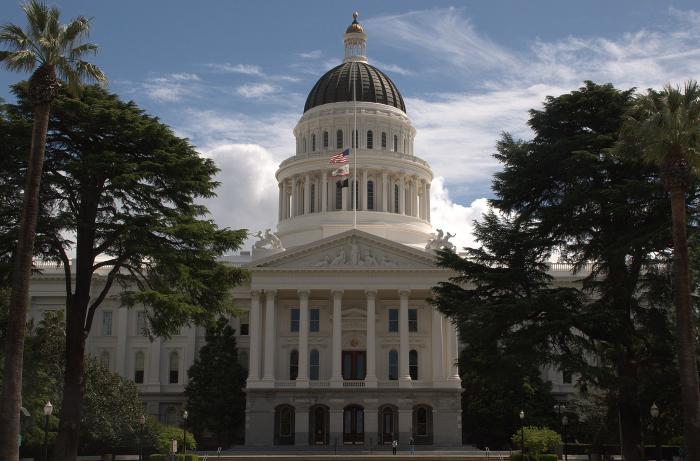Study Inadvertently Proves Need for Lower Broadband Prices

This week, the Stanford Institute for Economic Policy Research released a working paper analyzing the impact of Comcast’s Internet Essentials (IE) program, which offers some (but not all) low-income households a $10-per-month discounted internet service.
The study’s authors wring their hands and warn that lower prices alone won’t bridge the digital divide. But that straw-man argument doesn’t work, especially because a closer look shows the tremendous impact that even an imperfect program like IE can have.
Despite the authors’ dour outlook, their strenuous attempts to discount their own results, and the limitations of the IE program, the study shows that offering more affordable broadband service is a remarkably effective way to empower low-income families to cross the digital divide.
Pricing isn’t everything — but neither is Internet Essentials
Let’s take it from the top. Of course low prices alone aren’t enough to get every single person online. Free Press has long argued that the digital divide doesn’t have a single silver-bullet solution. In fact, virtually no one is arguing that pricing is the key to everything.
But affordability does matter, particularly to low-income communities and communities of color. If you spend some time observing the policy conversations around the digital divide in D.C., you’ll quickly see that concerns around rural-broadband deployment and mapping dominate, while affordability remains a distant afterthought.
Pricing still doesn’t receive enough attention from policymakers and commentators, especially considering that only 56% of low-income households (i.e., those with annual family incomes below $20,000) have broadband at home. The digital divide disproportionately harms low-income communities and people of color, who are also more likely to report that they would subscribe to broadband at a lower price.
Yet the authors complain that "[l]owering the monthly cost to $10 still didn't get everybody online.” But the study doesn’t evaluate a universally available $10 tier — it evaluates Comcast’s IE program, which comes with its own unique limitations and barriers. During the study period, families could qualify for IE only if they had school-age children on free or reduced-price school lunches, and had not subscribed to any Comcast internet service within 90 days, and had no recent outstanding debt with Comcast.
The study fails to take these extra qualification steps into account. It’s likely that at least some of the low-income people the study considers “eligible” but who did not get connected were actually ineligible because they had outstanding debt, or had paid for Comcast service sometime in the past three months. IE program applicants also have to jump through extra logistical hoops — assembling and filing paperwork to prove their eligibility.
That’s an especially heavy burden on people who may already work multiple jobs and struggle to get food on the table, all for what might amount to as little as a $15 savings on a sluggish entry-level internet-service tier.
Affordable prices make a big difference
But even with all of these additional (and unaccounted for) barriers, the study suggests that the IE program has actually played a major role in boosting broadband adoption for qualifying low-income families.
Between 2011–2015, home-broadband adoption by the eligible population living in areas covered by Comcast’s IE service increased by 10.2 percentage points. The same population, in non-Comcast territory, saw adoption increase by only 5.7 percent. Using statistical techniques that are designed to isolate IE’s impact, the study concludes that nearly two-thirds of the increase in qualifying low-income adoption in Comcast’s service area was directly attributable to families taking advantage of its $10 program.
As the study’s authors explain, “about 66 percent of IE subscribers represent true increases in low-income adoption as a result of the program, with the remaining subscribers being households that switched from a competitor and households that would have subscribed as part of a general upward trend in adoption.”
That’s pretty darn effective!
Of course, promoting “true” increases in low-income families’ adoption levels isn’t the only goal of lower prices. Broadband is an essential service, and some poor families will forgo necessities such as gas and electricity to pay for it, even without discount programs like IE to help them. Lowering prices will not drive those families to adopt, since they already have, but it will make it easier for them to maintain internet service without sacrificing other critical goods and services.
Frankly, the price of broadband is just too damn high — for everyone. Promoting competition is one of the FCC’s central missions, but the agency has failed at it. Most people trying to get online face minimal choice between duopoly home-broadband providers. These ISPs (your local cable monopoly and your local telephone-company monopoly) have strong incentives to keep prices for this essential service artificially high, since they make more money than they would by lowering the price and signing up more customers.
That’s classic monopoly behavior. So while making broadband more affordable is crucial to closing the digital divide, more competition and lower prices would benefit not only the poor but all working people.
Comcast’s IE program has a lot of problems and limitations. It won’t break the duopoly, and it doesn’t make broadband affordable for everyone. We need actual competition and strong protections against unreasonable prices across all tiers to finally bridge the racial and economic digital divide.
Policymakers should view this narrowly focused research for what it’s worth. Despite its odd man-bites-dog tone, the study offers further proof that injecting much-needed competition and lowering prices actually will have an impact. These are extremely worthwhile policy goals, with the potential to make major strides in connecting low-income homes that want and need broadband, but can’t afford it.





